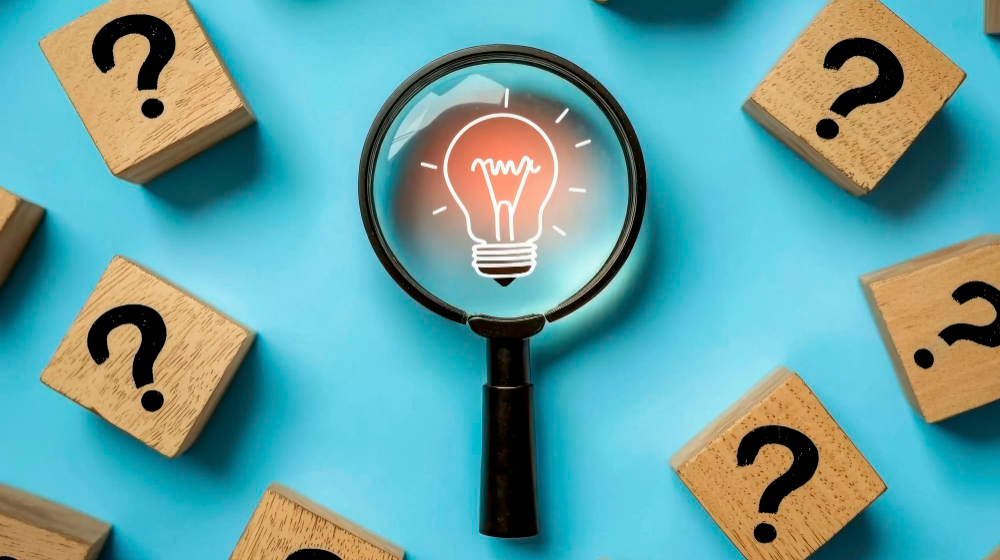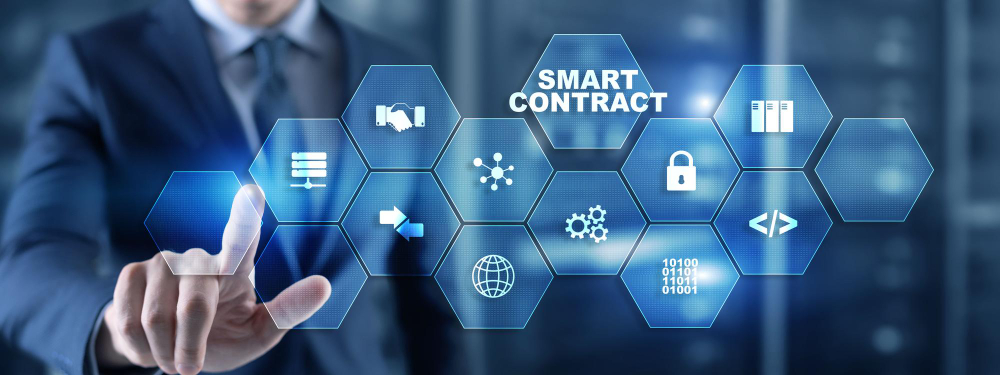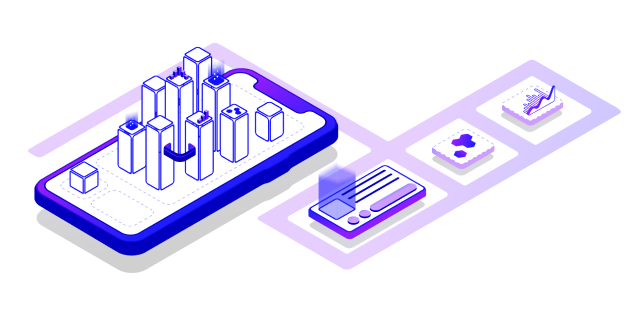Creating a Minimum Viable Product (MVP) in the Web3 space is a crucial step for startups aiming to validate their ideas and attract early users. With the rapid evolution of decentralized technologies, understanding how to build an MVP effectively can set the foundation for future success. This guide will walk you through the essential components and processes involved in Web3 MVP development, ensuring you leverage the latest tools and strategies to bring your product to market efficiently.
An MVP is a simplified version of a product that includes only the core features necessary to meet the needs of early adopters. The primary goal is to test hypotheses about the product’s viability and gather user feedback for future iterations. In the context of Web3, a blockchain MVP allows startups to explore decentralized applications (dApps) and blockchain functionalities without committing extensive resources upfront.
An effective Web3 startup MVP allows teams to validate their concepts in real-world blockchain environments, focusing on decentralization and user control.

Uniswap started in 2018 with a modest grant of under $50,000—no CEO, no marketing blitz, just a smart contract on Ethereum and a vision for trustless token swaps. By 2021, it was handling over $1 billion in daily trading volume without relying on centralized infrastructure. Fast forward to 2025, and Uniswap has surpassed $3 trillion in total trading volume, solidifying its place as a cornerstone of decentralized finance. With the launch of Uniswap v4, the platform now offers customizable liquidity pools, lower transaction costs, and expanded cross-chain functionality, making Web3 more accessible than ever.
This example underscores the power of a well-executed lean MVP in Web3. Starting with a narrow scope and strong technical fundamentals, Uniswap was able to iterate and scale rapidly.
To create a truly scalable and successful Web3 MVP, it is important to balance blockchain functionality with a user-friendly interface.

Before diving into development, it’s crucial to validate your idea and clearly define the problem your product aims to solve. This foundational step will guide your MVP’s design and functionality.
Engage in thorough market research to understand existing solutions and identify gaps. This can involve:
Develop detailed user personas that represent your target audience. This will help you tailor your Web3 startup MVP to meet their specific needs and preferences.
Once you have gathered sufficient data, articulate the core problem your product addresses. This clarity will serve as a guiding principle throughout the development process.
Choosing the appropriate blockchain platform is a critical decision that can significantly impact your MVP’s performance and scalability.
Consider the following popular blockchain platforms for your blockchain MVP:
| Platform | Advantages | Ideal Use Cases |
| Ethereum | Established ecosystem, robust security | DeFi, NFTs |
| Binance Smart Chain | High transaction throughput | Trading platforms |
| Polygon | Cost-effective, Ethereum-compatible | Gaming, marketplaces |
Web2 MVP vs Web3 MVP
| Feature | Web2 MVP | Web3 MVP |
| Infrastructure | Centralized servers | Decentralized networks & smart contracts |
| Authentication | Email/password | Wallet-based (MetaMask, WalletConnect) |
| Data storage | Cloud databases | Blockchain, IPFS |
| Payments | Traditional payment gateways | Crypto payments, tokens |
| Ownership | Platform-controlled | User-owned assets (NFTs, tokens) |
| Monetization | Subscriptions, Ads | Tokenomics, staking, on-chain logic |

Smart contracts are the backbone of any Web3 application. They automate processes and ensure trustless interactions between users.
Conduct thorough testing of your smart contracts to identify vulnerabilities. Utilize tools like:
A seamless user experience is vital for the success of your Web3 MVP. Users should be able to navigate your application easily, even if they are unfamiliar with blockchain technology.
Implement mechanisms for users to provide feedback directly within the application. This can include surveys or feedback forms that allow you to gather insights on their experience.

Security is paramount in the Web3 space, where vulnerabilities can lead to significant financial losses.
Access Control: Use role-based access controls to limit permissions and protect sensitive functions. Regular Audits: Schedule periodic audits of your smart contracts and application code to identify and address potential vulnerabilities.
Ensure that user data is encrypted and that you comply with relevant regulations to protect user privacy.
With your smart contracts developed and user experience designed, it’s time to build and test your Web3 MVP.
Conduct user testing sessions to gather feedback on the functionality and usability while you build your MVP. This can help identify areas for improvement before the official launch.

Once testing is complete and you have made necessary adjustments, it’s time to launch your MVP.
After launching, monitor user activity and gather feedback to identify areas for improvement. Use analytics tools to track user engagement and transaction trends.
The launch of your MVP is just the beginning. Continuous improvement is essential for long-term success.
Collect and analyze user feedback to identify common pain points and areas for enhancement. This can involve:
Based on the feedback received, prioritize changes and enhancements for future iterations of your product. This iterative process will help you refine your offering and better meet user needs.

In 2025, AI-powered MVP strategies can significantly enhance the development process, reducing time to market and improving efficiency.
Modern Web3 teams increasingly rely on AI tools to streamline code generation, automate QA processes, and extract insights from behavioral analytics.
Consider integrating AI tools that can assist with:
Once your MVP is live, effective marketing strategies are essential to attract users and build a community around your product.
Engage with potential users through social media, forums, and community events. Building a loyal community can drive organic growth and user retention.
Create valuable content that educates users about your product and the benefits of Web3 technology. This can include blog posts, videos, and tutorials that highlight your MVP’s features and use cases.
Explain clearly how your Web3 startup MVP differs from traditional Web2 solutions to educate and onboard early users.

Establish key performance indicators (KPIs) to measure the success of your MVP. This can include metrics such as:
Based on the data collected, be prepared to adjust your marketing and development strategies to better align with user needs and market trends.
As your MVP gains traction, it’s essential to plan for future development and scaling.
Develop a roadmap that outlines future features, enhancements, and scaling strategies. This will help you stay focused on long-term goals while continuing to iterate on your MVP.
Consider seeking additional funding to support future development efforts. A successful MVP can attract investors who are interested in supporting your growth.
“When building MVPs for Web3 projects at ND Labs, we always start with a strong problem-solution fit, followed by the right blockchain and token model. This ensures that our MVPs are lean, scalable, and investment-ready from day one.” — Dmitry Khanevich, CEO at ND Labs
Building a Web3 MVP in 2025 requires a strategic approach that emphasizes user feedback, security, and continuous improvement. By following the outlined steps and leveraging the latest tools and technologies, startups can effectively navigate the complexities of the Web3 landscape and create products that resonate with users. Remember, the journey doesn’t end with the launch; ongoing engagement and iteration are key to long-term success in the decentralized world.
